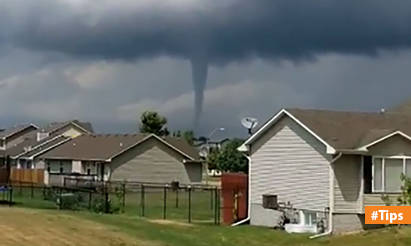What Is The Significance Of Cross Drainage Works?
A Cross Drainage Works is a construction that diverts a natural stream discharge over a canal that is impeding the stream. This serves to maintain the drain water apart from the canal water. This is an expensive structure that should also be avoided.
Kinds of cross drainage works
Cross drainage works are classified into three categories.
- Cross-drainage works that connect a canal to a drain Aqueducts and syphon aqueducts are examples of structures in this category.
- Cross drainage works transporting drainage across a canal Super passage and canal syphon are examples of structures in this category.
- Canal water is admitted into the canal via cross drainage works.
Aqueduct Segmentation and Siphon Aqueduct
Siphons and Aqueducts are categorised into three types based on their sides:
Type 1: Aqueduct sides in earthen banks with earthen slopes.
Type 2: Aqueduct sides in earthen banks with other slopes supported by a wall.
Type 3: The aqueduct’s sides are composed of concrete or masonry.
Factors influencing cross-drainage work selection
The following considerations determine the choice of a certain cross drainage work:
Relative bed height:
The canal bed levels and drainage will influence the option.
Foundation:
A proper foundation is necessary to carry out cross-drainage activities.
Water level relative
The decision is also influenced by the canal’s water level and drainage.
Cost:
The expense of establishing a canal system surpasses the cost of installing a hydraulic system.
Discharge:
The velocity of the drainage may be greater at times; hence, the hydraulic system installed should be weather resistant.
Alignment of the canal:
To improve cross-drainage, the canal orientation is occasionally modified.
Significance of cross-drainage projects
Watershed canals may flow across drainage zones, necessitating cross drainage works for irrigation reasons. The water from the canal and the drainages mingle at the crossing site. Cross-drainage works are required for the canal’s seamless operation with its discharge design. The site condition may be such that there is no diversion of canal water and drainage water without a building. A cross drainage system is required to assist guide the water at its natural movement.
Conclusion
Cross drainage works are buildings built to allow canal water to cross another drainage water. The construction transports the discharge from the natural stream through the canal that intercepts it. Because it is a costly building, it should be completely avoided.
Disclaimer: The views expressed above are for informational purposes only based on industry reports and related news stories. PropertyPistol does not guarantee the accuracy, completeness, or reliability of the information and shall not be held responsible for any action taken based on the published information.




